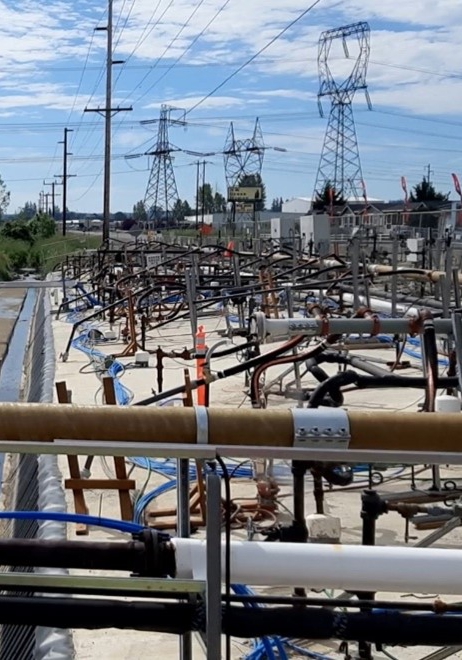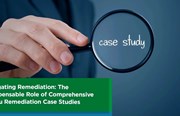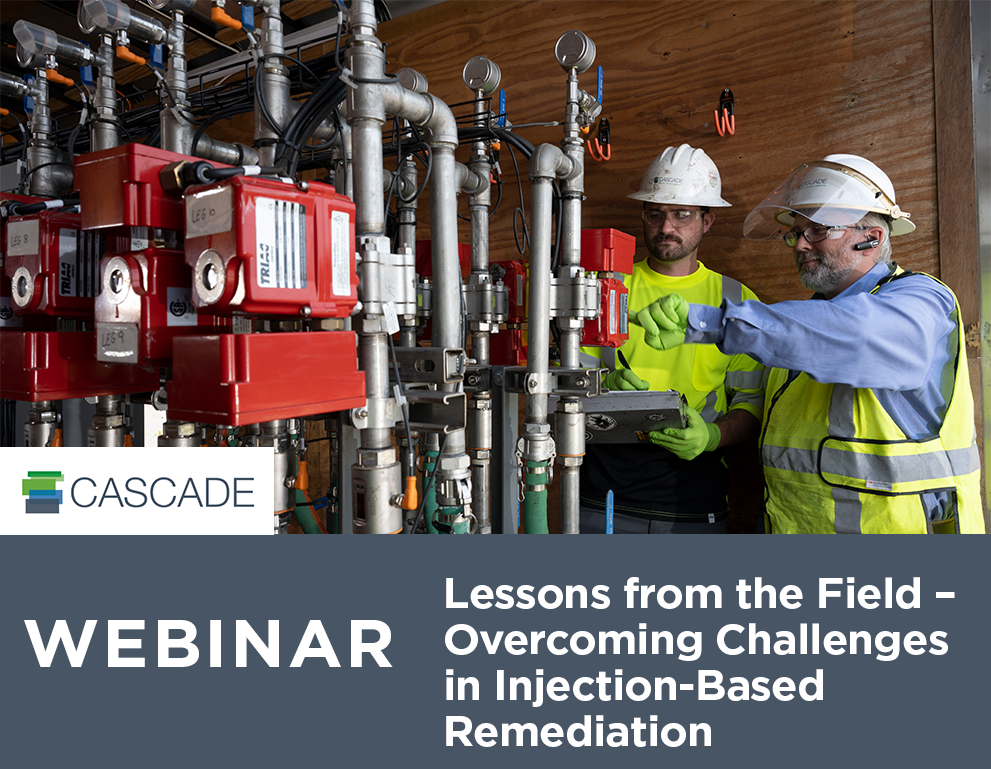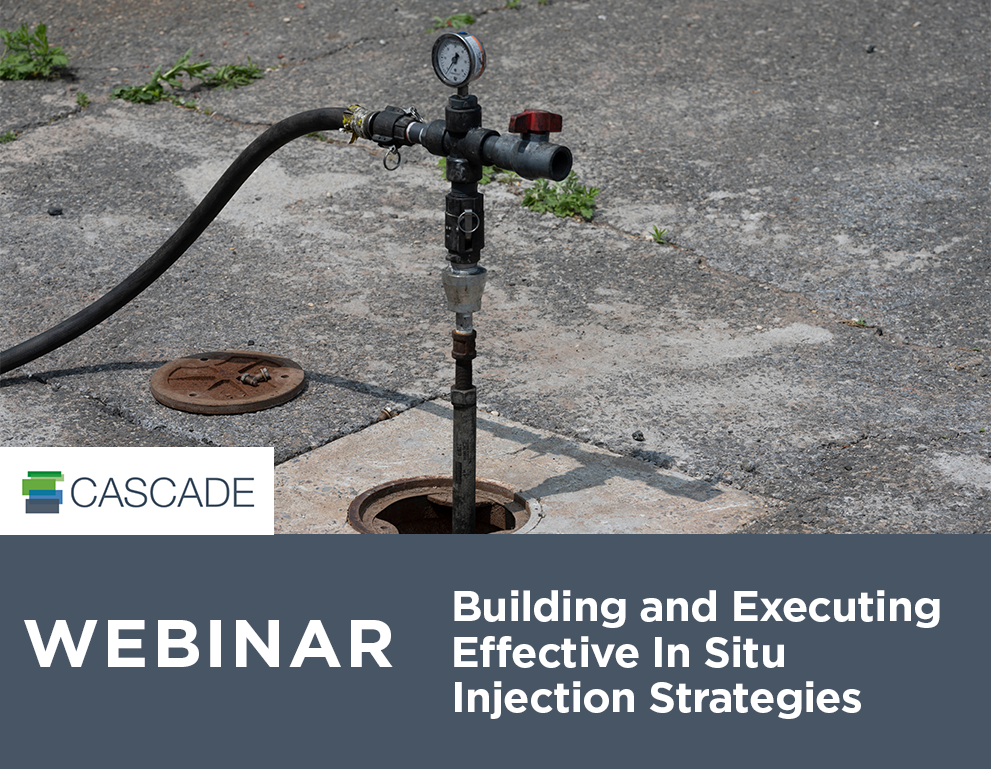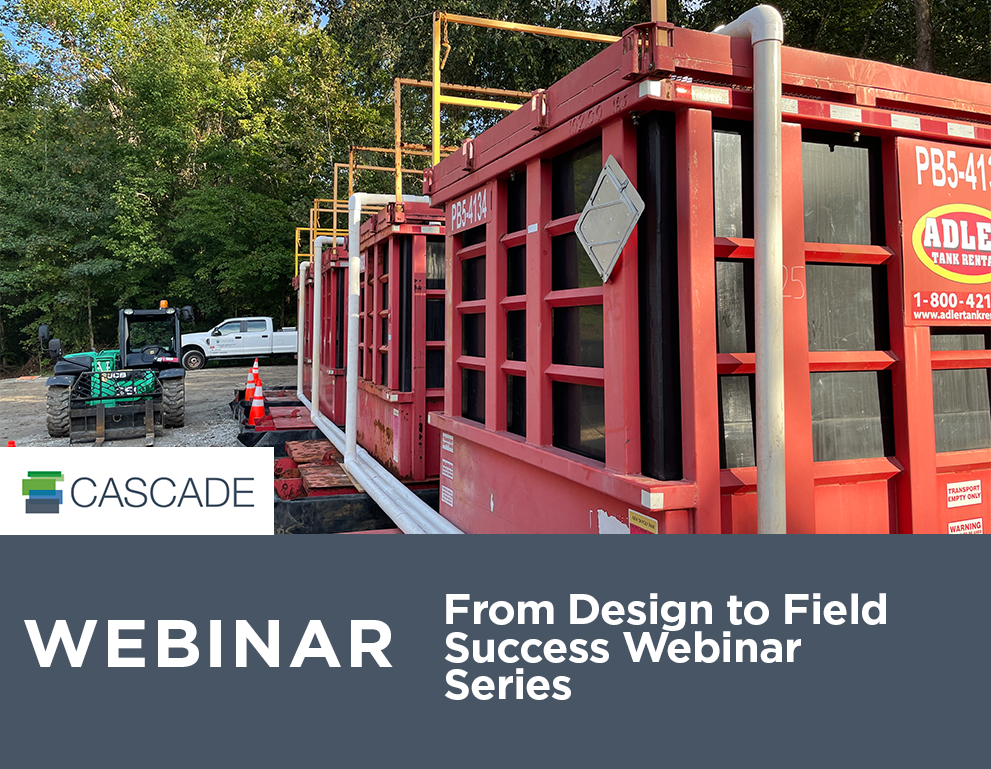
You want to know how new remediation technologies work and which ones will get your projects across the finish line to meet your remediation goals. Pathways will help you get there.
This issue focuses on in situ remediation technologies including thermal treatment, plus the latest industry remediation news and events to keep you in the loop.


